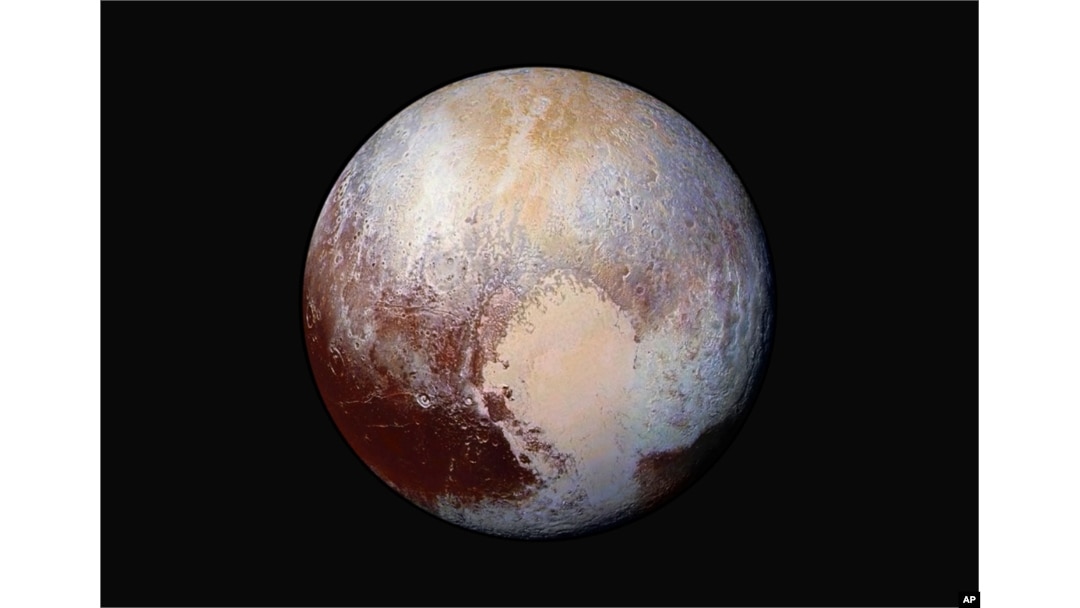One of the scientists responsible for demoting Pluto in our solar system may have found a replacement.
California Institute of Technology Astronomers Mike Brown and Konstantin Batygin have run the numbers and say they are convinced they have found a giant planet way out in the farthest reaches of our sun's gravitational reach.
The scientists say they have not seen the planet, but have determined that something they call a "distant eccentric planet" is pushing around a bunch of smaller objects out in deep space. They do know, by its gravitational effects, it is huge, likely at least 10 times bigger than Earth. That is almost as large as Neptune
They have not given it a name, but say that if it is out there telescopes should be able to see it within the next few years.
The Truth is Out There
The prospective planet is so far away one orbit of the sun takes more than 10,000 years.
But its size is one of the reasons the researchers say they were able to find the distant object without actually seeing it.
The two researchers set out to explain why smaller planetary bodies like Sedna (another distant object Brown discovered) were lined up in odd orbits.
Brown asked Batygin to help him figure out the weird orbits, and when they did the math the only thing that made sense was a much larger planet's gravity was pulling on Sedna and a bunch of other smallish objects out in the deepest, darkest parts of our solar system.
So Long Pluto
Brown isn't only in the business of finding planets, he's also responsible for killing them. Brown's discovery of Sedna, a so-called 'minor planet' and Eris, both of which are larger than Pluto led the International Astronomical Union to create a new classification for 'planets' in 2006.

FILE - Pluto
Pluto, along with Eris, Ceres and a few others no longer made the cut and were reclassified as Dwarf Planets. But the astronomers say the new discovery is big enough to be classified as a bona-fide planet.
The Proof's in the Seeing
Brown and Batygin are confident they've found Planet X, but until it's found by a telescope it is still just a hypothesis.
That's not likely to stop the conspiracy theorists from calling it their mythical planet "Nibiru," which they say pays the Earth a catastrophic visit every few millenia.
But Planet X is seven times farther from the sun than Neptune, at its closest approach, so do not go selling the farm just yet.
But as with all new science, before anything can be set in stone, the researchers' math will be put through the astronomical ringer. And in the meantime expect a whole lot of telescopes to start looking for proof of what could be the newest planet in the neighborhood.


